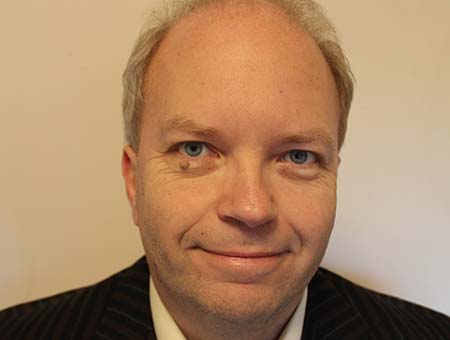Pixel Power will demonstrate its solutions using the StreamMaster Media Processing and Gallium Workflow Automation platforms at BroadcastAsia 2017.
 Pixel Power will demonstrate its solutions using the StreamMaster Media Processing and Gallium Workflow Automation platforms at BroadcastAsia 2017. These provide a modular approach to every aspect of channel delivery and content production automation.
Pixel Power will demonstrate its solutions using the StreamMaster Media Processing and Gallium Workflow Automation platforms at BroadcastAsia 2017. These provide a modular approach to every aspect of channel delivery and content production automation.
Pixel Power has been dedicated to the broadcast industry since we formed the company 30 years ago, said Pixel Power founder and CEO James Gilbert.
We are steeped in the technology, of course, but more important we understand what is really important to broadcasters.
Today that means ensuring that the best use is made of talented and experienced staff, allowing them to concentrate on creative tasks, while repetitive manual tasks become automated through dedicated workflow processes, he explained.
Our products deliver that agility using technology that is ready for the new virtualised, IP-connected world.
At BroadcastAsia 2017, Pixel Power will be showing StreamMaster Deliver, a channel playout platform designed for implementation on-premise, in a data centre or in the public cloud. As well as full functionality for the automated playout of premium channels, the system also handles live feeds, animated graphics and comprehensive 3D DVE functionality using the Clarity graphics engine.
Also on display is the Gallium workflow orchestration layer, which forms the basis of products such as Factory, which automatically creates multiple versions of trailers and promos to minimise repetitive tasks; and Promote, which can automatically generate programme junctions and graphical imagery, calling on data from external sources as required.
These products are also transformational because Pixel Power is able to offer them on perpetual, time or usage licences. Media companies can buy solutions outright; licence applications by the quarter; or pay per hour of actual usage. Licences can be mixed and matched: a 2D graphics production system which is owned outright, for example, could have access to a floating 3D licence, paying just for the hours used.
The media industry is looking to virtualization and the cloud because it allows them to be much more flexible with the use of hardware, and therefore with its cost, said Pixel Powers James Gilbert.
By matching that flexibility with the application licenses, we are offering the broadcaster a genuine path from capex to opex financing, helping them to tie costs directly to opportunities and to revenues.







































































